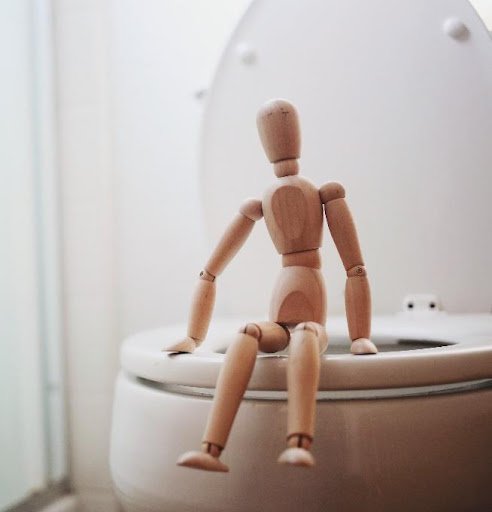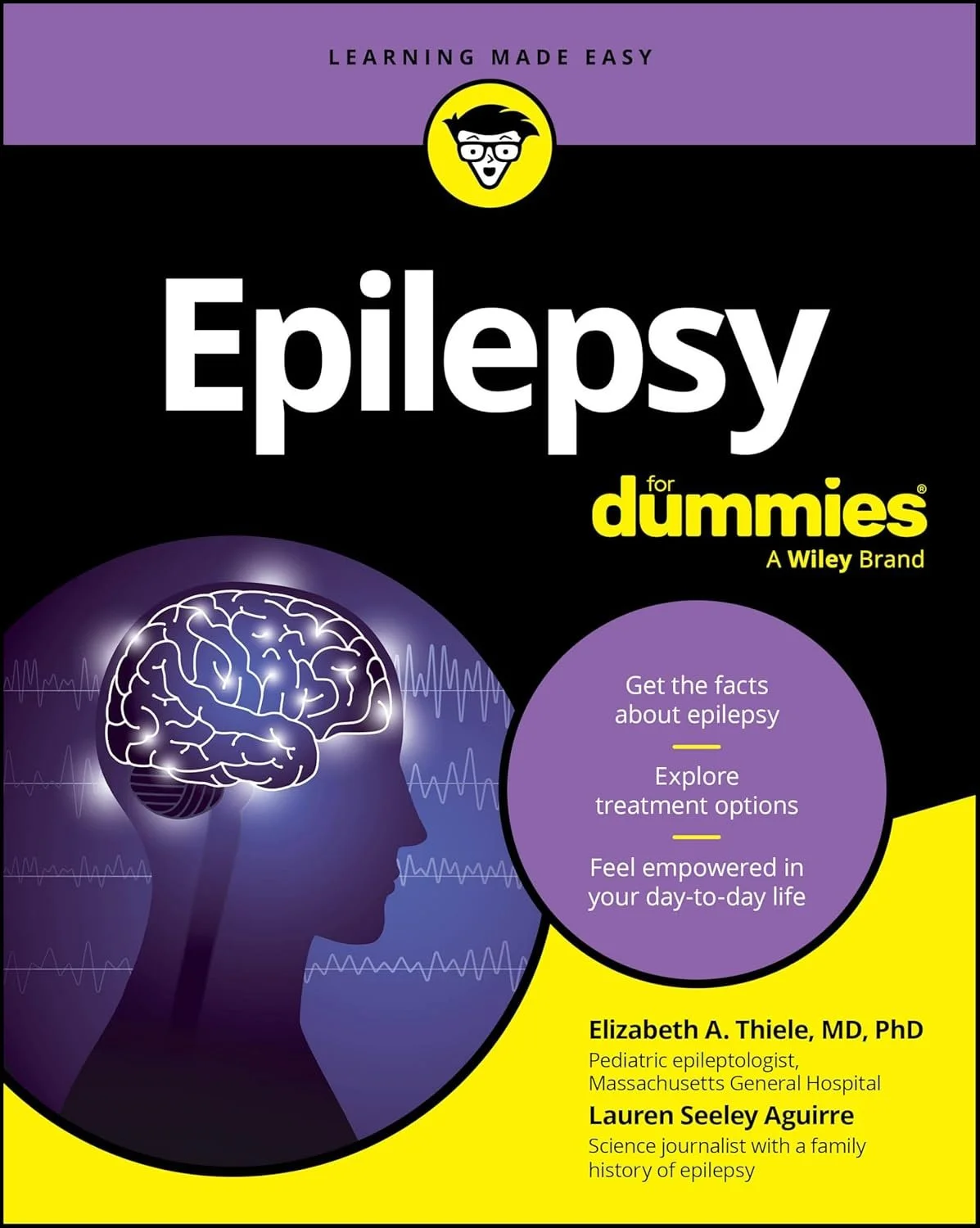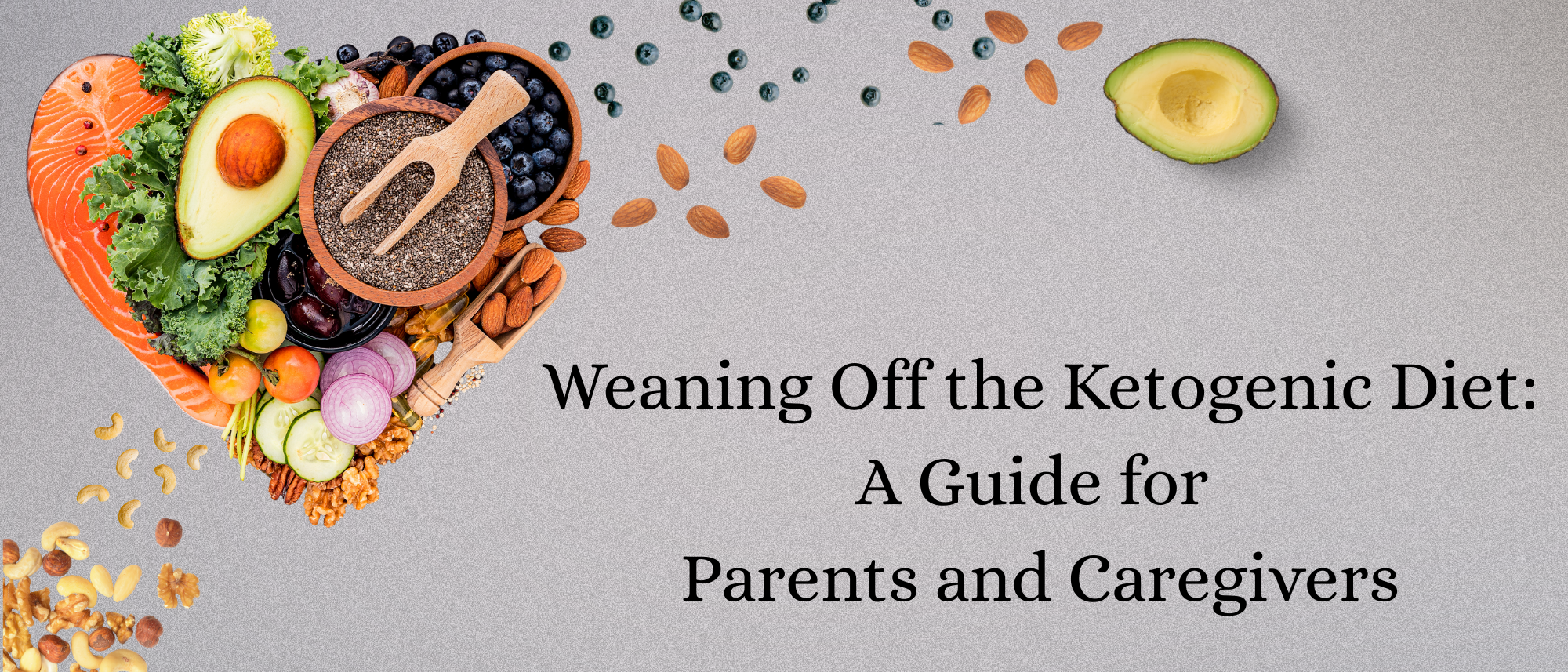Constipation and Keto for Epilepsy
/By: Sarah Metzger, MS, RD, LD, CDCES
Never underestimate the power of a good bowel regimen. Constipation can wreak havoc in anyone’s life, and for those with epilepsy on the ketogenic diet, constipation can become the down-right enemy! For people who have neurological diseases, such as epilepsy, the connection between the brain and the gut can get disrupted. Because the brain coordinates the nerves and muscles needed to perform bowel movements, any neurological diseases or injuries can impact the signaling as well as the contraction of muscles in the colon. Constipation is a common side effect of multiple other diseases that affect the brain, such as stroke, Parkinson’s disease, spinal cord injury, and multiple sclerosis. Although there is little available data, epilepsy also correlates with higher levels of constipation (1). Some anti-seizure medications may also cause constipation, as 27% of patients from a 2021 study who were taking one or more anti-seizure medications experienced constipation. Among patients taking multiple anti-seizure medications, constipation was experienced most frequently among those taking carbamazepine, phenobarbital, and Dilantin (1).
When we add in the ketogenic diet, things start to slow down even more. Constipation is a well-known side effect of the ketogenic diet. The classic ketogenic diet has approximately 90% of its calories coming from fat. Fat moves through the body at a slower rate than other nutrients. This can be advantageous because it can keep one fuller for longer, but it also slows down digestion leading to constipation. Even the Modified Atkins ketogenic diet, which has around 60-70% of calories from fat, can cause the body’s digestion to slow down significantly too. Additionally, the ketogenic diet may be lacking in fiber due to low carbohydrates and low fruit/vegetables in the diet. However, there are some keto-friendly fiber foods, which will be discussed later in this article.
One of the best ways to help prevent constipation is hydration, hydration, hydration - meeting or exceeding one’s fluid needs is an absolute must! Talk to your dietitian for your child’s specific fluid goals. Another way is with movement! Talk to your physical therapist for specialized movements for constipation specific to your child. Because of the addition of the ketogenic diet, medication may also be necessary to help with gut regularity especially for tube-fed patients.
There are two main categories of medications that help constipation: the ‘Mushers’ and the ‘Pushers’. The ‘Mushers’ are a group of medications that helps draw water into the stool making it easier for stool to pass through the colon (also known as osmotic laxatives). The most common keto-friendly "musher" is MiraLAX® (polyethylene glycol 3350) and is typically the first line of treatment. Some side effects may include looser and/or more frequent stools. It’s a flavorless powder that can be easily added to water flushes/drinks throughout the day (2). Another ‘musher’ is Milk of Magnesia (also known as magnesium hydroxide or citrate). It also works by helping draw water into the stool. Like MiraLAX®, common side effects include looser and/or increased frequency of stools. Lactulose is another ‘musher’ but not typically used on the ketogenic diet due to possible carbohydrate content.
Insoluble fiber is an honorary musher as well. It acts in the digestive system by bulking and softening the stool because it is not dissolvable in fluids. Instead, insoluble fiber absorbs fluids in the gut and sticks to other waste materials to make softer stool. Fiber can be harder to consume on the ketogenic diet because most sources are high in carbohydrates. However, nuts, cauliflower, green beans, carrots, and berries can fit into the ketogenic diet. Another interesting food that contains 85-93 % insoluble fiber is chia seeds. Chia seeds also have an impressive lipid content, therefore, depending on the brand, chia seeds are ~1:1 ketogenic ratio and may fit into your child’s ketogenic diet (3).
A subcategory of mushers could be called ‘gliders’. Gliders also help stool move through the colon by using lubrication. One commonly used ‘glider’ is mineral oil. Mineral oil helps to lubricate the stool and helps the stool retain its water content for a similar effect of making it easier to pass. Though some oil may leak out with the stools, there are not many significant side effects of mineral oil.
And now for the ‘Pushers’. This category of medications works differently and can oftentimes be the winning ticket for people who live with neurological dysfunction. Senna (Senokot®) is made from the leaf of pod of the Senna alexandrina plant. It comes in an over-the-counter medication and in some teas, such as Smooth Move® tea. It works to irritate the colon to help it contract and expel stool. Some typical side effects can be bloating, cramping or a general upset stomach (4). Glycerin and Dulcolax® (bisacodyl) suppositories are other colon stimulant options. They are both inserted into the bum to help lubricate and stimulate the colon to move. Glycerin suppositories contain purified water, sodium hydroxide, stearic acid and 90% glycerin (5). Dulcolax® has the active ingredient of bisacodyl that helps stimulate and hydrate the colon. Suppositories tend to work more quickly and are used on a shorter term vs. Miralax® or senna. Suppositories may leak out and/or may cause irritation, cramping, and bloating (6).
Always remember that adequate water intake is necessary for these medications or remedies to work properly. Talk with your doctor/dietitian about your child’s ideal fluid needs. If you are wondering about long-term side effects of these medications, please talk to your doctor as that is out of the scope of this post. What products, supplements or nutrition changes have made a positive difference in your keto journey world? Share here as a comment!
*Disclaimer: Always ask your gastrointestinal doctor and or neurologist doctors about these medications before starting anything new.
References:























